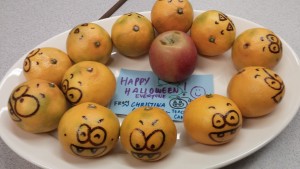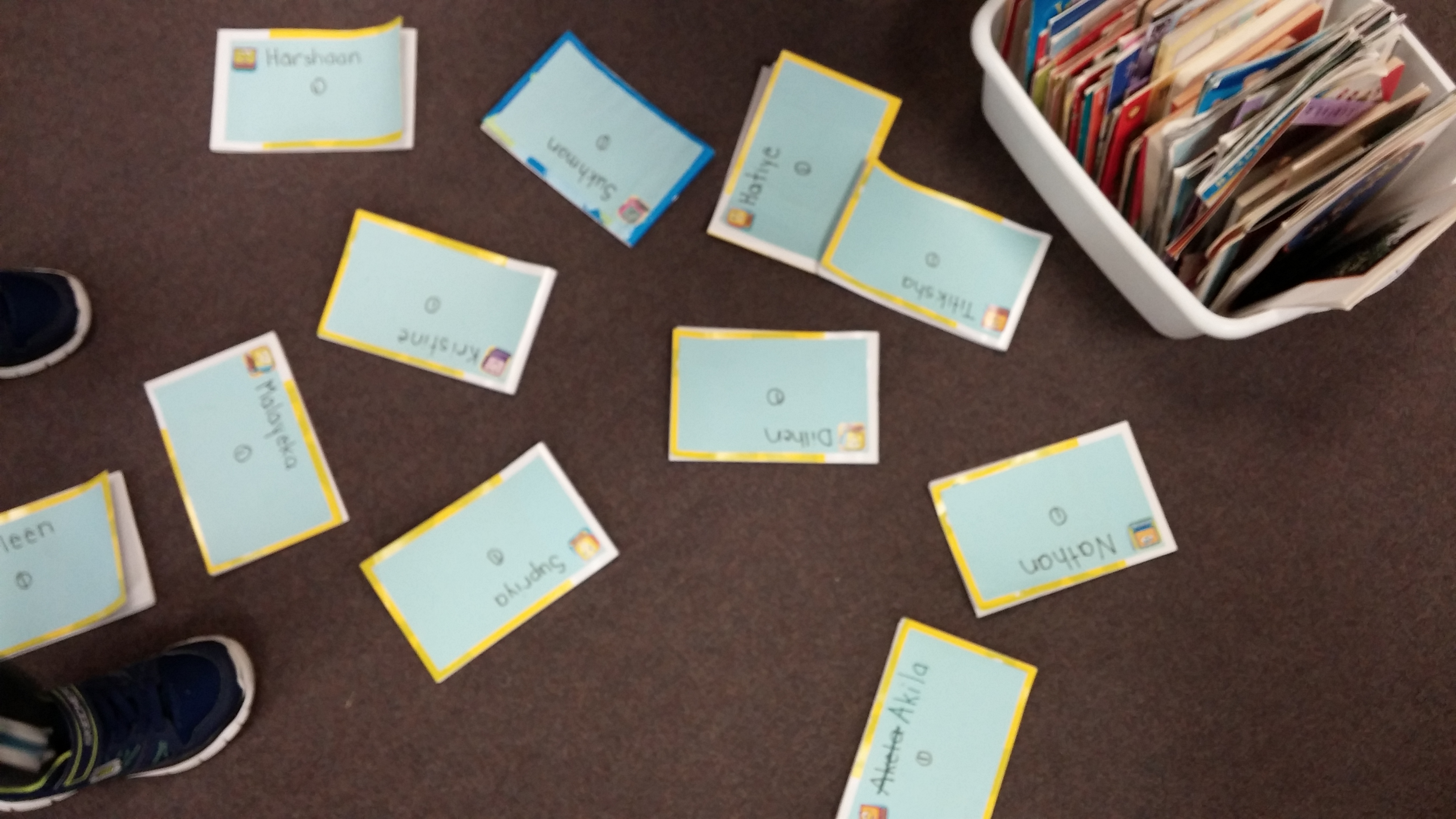Second Try on my SEL story
I am really grateful the perspectives and feedback I am gaining the past few days from my FA, SA, TOCs, other teachers and staff at my practicum school. My lesson for my SEL books didn’t go very well the previous day, so my FA suggested I should give it another try with some modification, which I did. I have also discussed with the TOCs that were in my class at the time I was teaching. My SA was away during both days of my SEL story due to family emergency. I am really glad I had a second chance to see how my SEL story could work more effectively.
I told my kinder students up front, we will be reading a story that are quite familiar with. I am quite surprised by their acceptance. The kids were really welcoming in allowing me to re-introduce the same book to them today. I thought I might get a remark such as “not again,” “that’s boring.” I purposely didn’t show the cover until the very end of my retelling. I did not read the story word by word today, instead, discussion and food for thoughts were prompted by pictures I am showing on the document camera. The focus this time was placed on the emotions of the characters in the story. I followed the story with an activity what listening would look. I modeled what listening looked like with the TOC sitting on a chair so everyone can see. I emphasized they have to sit close to their partner, so they can pay attention and show their good listening skills to their partner. The kids had so much to share with each other during this activity.
Classroom Management Adaptations
I felt I actually physically had more control of the classroom atmosphere today. Perhaps because before I even begin the story, we brain-stormed together as a class on what good listening looked like.
-what listening looked like not only when a teacher talks, but also when your friends shares their ideas with the class
– I set the expectation up front with the class so everyone hopefully is all on the same page
-for future reference: I don’t want to let call-outs disturb the flow of the lesson. But, at the same time, I don’t want negatively point out their behaviours all the time. Perhaps, I can move them to a different right away to prevent any further disturbance if I had already set listening expectations with them.


